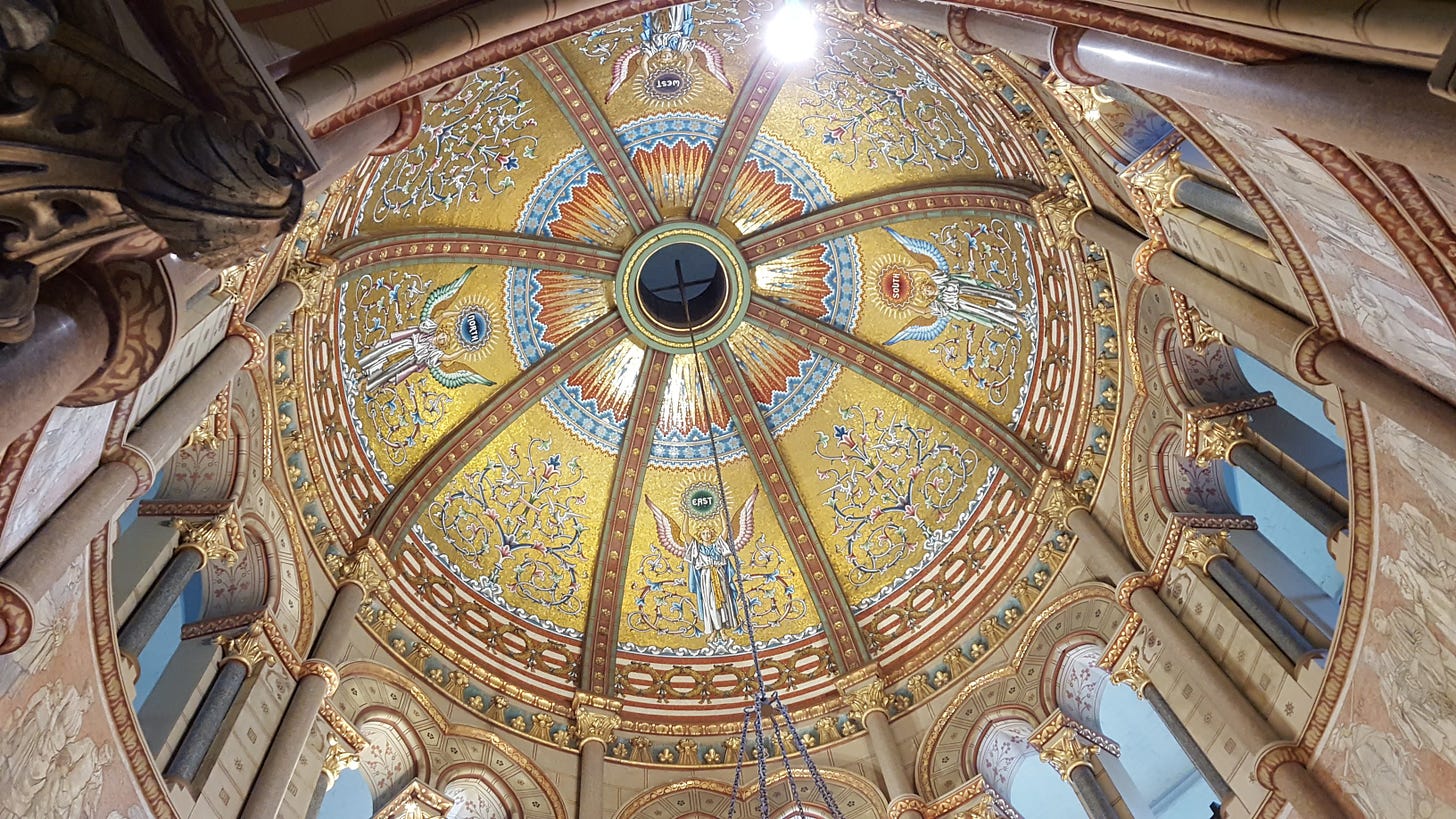In each installment of “On Tour,” The Usonian takes a look at a cool place in a different corner of the world. This week, in a belated post for Presidents Day, we visit the Garfield Memorial in Cleveland, a spectacular monument for a forgotten American president.
A cemetery tells the story of a city’s past. If you go to the Cemetery of Père Lachaise in Paris, for example, you’ll come across the tombs of Edith Piaf, Oscar Wilde, and um—Jim Morrison.
When you’re talking about a city that has already “peaked,” then the cemetery is a view into its hey-day. The rust-belt city of Cleveland, Ohio, is one of those cities—at end of the 19th century and during the early 20th, Cleveland was one of the major centers of American life—in 1926, it was America’s fifth largest city. Today, it’s the 54th.
As such, the Lake View Cemetery in Cleveland is the final resting place of 1930s celebrities—G-Man Elliot Ness and oil magnate John D. Rockefeller. It’s also the home of the ornate Garfield Memorial, the tomb of one of America’s forgotten presidents, whose assassination in 1881 stunned and united a grieving nation. Intriguing for this newsletter, the memorial was designed in a neo-Byzantine style, with Orthodox saints swapped in for secular depictions of Americana.
Keep reading with a 7-day free trial
Subscribe to The Usonian to keep reading this post and get 7 days of free access to the full post archives.



